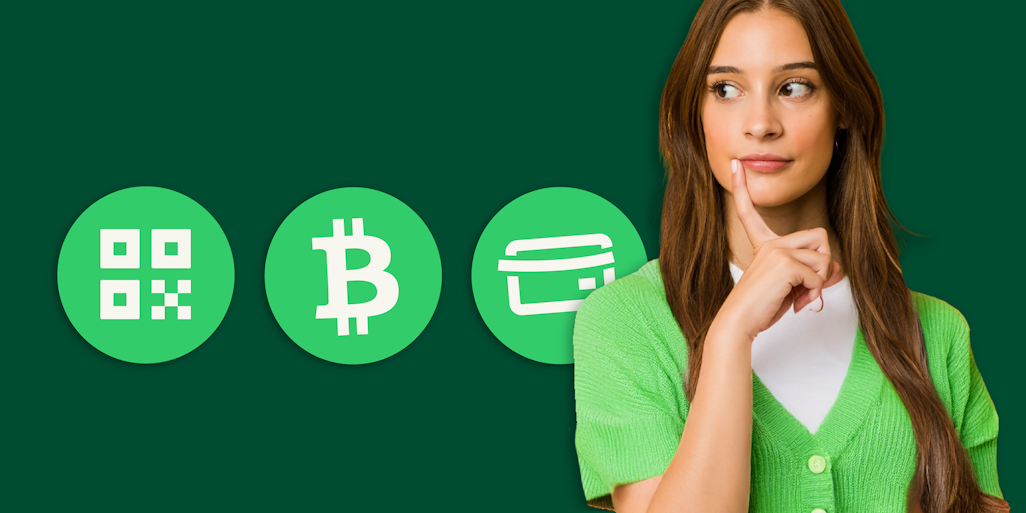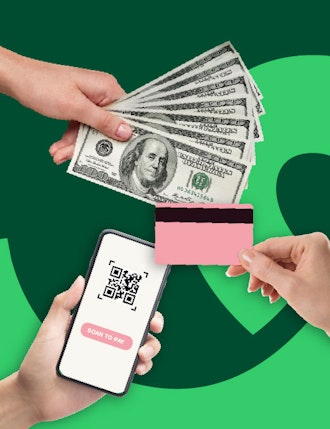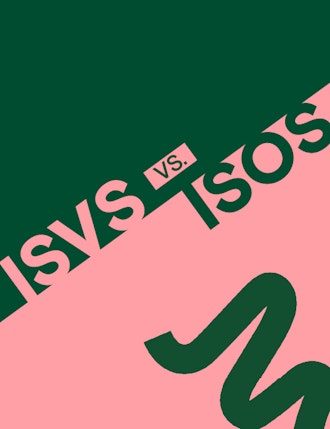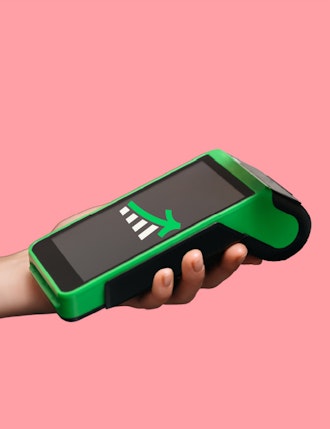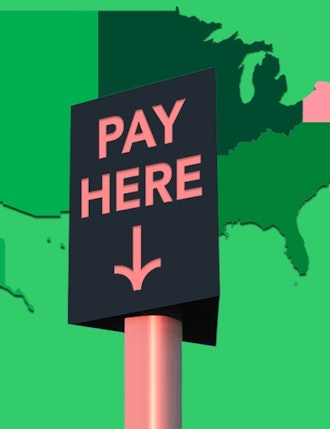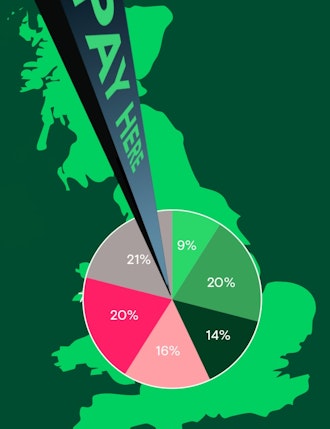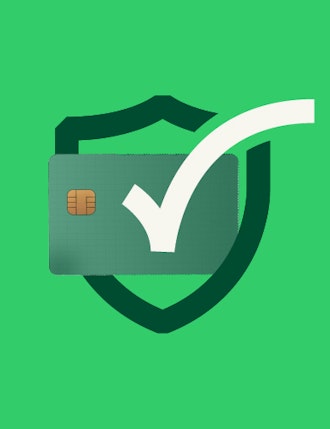Key Insights
-
There are three main types of electronic payment systems - card payments, bank transfers, and eWallets - each with distinct benefits and trade-offs.
-
Payment preferences vary significantly by region, meaning businesses must localize payment options to reduce friction and increase conversions.
-
Orchestration platforms help unify multiple payment types, reducing complexity while improving reliability and integration across systems.
-
Choosing the best payment system is about finding the right mix for your business model, customer base, and operational goals.
Don't have time to read more now? Sign up to our newsletter to get the latest insights directly in your inbox.
A contactless card tap for coffee in London. A QR code scan for groceries in Tokyo. A phone swipe for a taxi in São Paulo. Electronic payments are part of everyday life, but how they’re used varies depending on local habits and technology.
Whether you're a small retailer expanding, or an enterprise operating across borders, choosing the right mix of payment methods directly affects customer experience and bottom-line performance. So where do you start, and how do you know which electronic payment is best for you?
What are Electronic Payment Systems?
At their core, electronic payment systems allow funds to be transferred digitally between buyer and seller. While the mechanisms vary, they all share one goal: enabling smooth, secure, and convenient transactions without the need for physical cash.
Behind every electronic payment is a complex process involving payment gateways, banks, card networks, compliance protocols, and increasingly, orchestration platforms that tie everything together seamlessly. But from the customer’s point of view, the experience should feel instant and effortless.
The main types of Electronic Payment Systems
Understanding the main categories helps businesses make informed decisions about which systems to implement:
1. Card payments
Still the most globally recognized method, card payments (credit, debit, prepaid) are popular for their convenience and loyalty incentives. Visa, Mastercard, American Express, and local schemes like UnionPay or Carte Bleue dominate this space.
2. Bank transfers
Bank transfers move money directly from one bank account to another, without involving cards or intermediaries. These include systems like ACH (U.S.), SEPA (Europe), BACS (UK), and Sofort (parts of Europe). Transfers can be initiated manually by the user or automated as part of a scheduled billing or checkout process.
They often come with lower transaction fees and are trusted for their perceived security. However, they can introduce friction if not well-integrated, particularly in mobile-first experiences or when dealing with cross-border transactions.
3. Digital wallets and mobile payments
Digital wallets or eWallets store card or bank details and allow users to pay through apps or contactless devices. Apple Pay, Alipay, PayPal, and Google Pay are major players.
eWallets are especially strong among younger, mobile-first consumers and are gaining ground rapidly in markets like China and Brazil.
Why regional preferences matter
That contactless coffee in London, QR scan in Tokyo, or phone-wipe rideshare in São Paulo are great examples of the payment norms of different regions - and a clear representation of the notion that what feels seamless to a customer in one country might feel unfamiliar in another.
Payment preferences vary widely, shaped by regulation, infrastructure, and consumer habits. Here’s a snapshot:
- China: Mobile payments dominate, with Alipay and WeChat Pay handling the majority of day-to-day transactions.
- Europe: A patchwork of local solutions, like iDEAL in the Netherlands or Dankort in Denmark, sits alongside international cards and growing eWallet adoption.
- Latin America: Local card schemes and voucher-based systems such as Boleto Bancario in Brazil remain essential for reaching consumers.
- North America: Card payments are still king, but Apple Pay and ACH transfers are steadily gaining ground.
For global merchants, aligning with local payment preferences should be a huge priority, especially as a 2024 study found that 72% of online shoppers abandon checkout if their preferred payment method isn’t available.
Take IKEA, for example - the retailer supports region-specific payment options like Klarna in parts of Europe and local eWallets in Asia to reduce friction and meet customer expectations at the point of purchase.
To make informed decisions about which methods to support, and how to implement them efficiently, it helps to weigh the pros and cons of each type…
Advantages and disadvantages of each type of electronic payment system
With so many options available, no single payment method ticks every box. Each comes with trade-offs that can impact cost, convenience, customer experience, and operational effort. Let’s explore…
For merchants offering a mix of cards, bank transfers, and mobile wallets, managing each method separately can quickly become resource-intensive. Every type comes with its own rules, risks, and technical requirements. This is where payment orchestration plays a vital role - helping businesses streamline and centralize how they handle multiple systems behind the scenes.
"Payments orchestration is the ability to simplify the complex nature of payments under a single platform. This means routing to multiple acquirers, offering choice and flexibility from a payment option perspective, and providing faster access to markets in a complex world.”
Alex Benjamin, General Manager US, Aevi
You can read more about payment orchestration and how it helps unify in-person payment experiences across regions in our article, ‘What is payment orchestration?’
Choosing the right Electronic Payment System
Instead of asking "which is best," consider: what mix suits your business model, customer base, and geographic footprint?
Key questions to ask:
- Where are your customers based, and what do they prefer?
- What are the technical and compliance requirements for each method?
- How easily can your existing systems integrate with different payment types?
This is where flexible, API-driven platforms become invaluable, allowing merchants to adapt as consumer behavior shifts.
By asking the right questions and staying connected to regional and consumer-specific insights, businesses can make smarter choices about which payment systems to prioritize, and when it might be time to evolve.
"The message is simple: start now. Everything is happening now. Online has been fast for years, and in-person payments are finally catching up. Whether it’s classic terminals becoming smart, the rise of SoftPOS, or account-to-account payments, your customers expect you to be ready. At the very least, they expect you to be exploring these options and guiding them through"
Mike Camerling, CEO, Aevi
Ready to simplify your payments, support the methods your customers actually use, and scale with confidence? Discover how Aevi’s in-person payment orchestration platform can help you orchestrate seamless, in-person payment experiences - across borders and beyond. Let’s talk.
Interested in reading more around this subject? Here are some useful articles…
